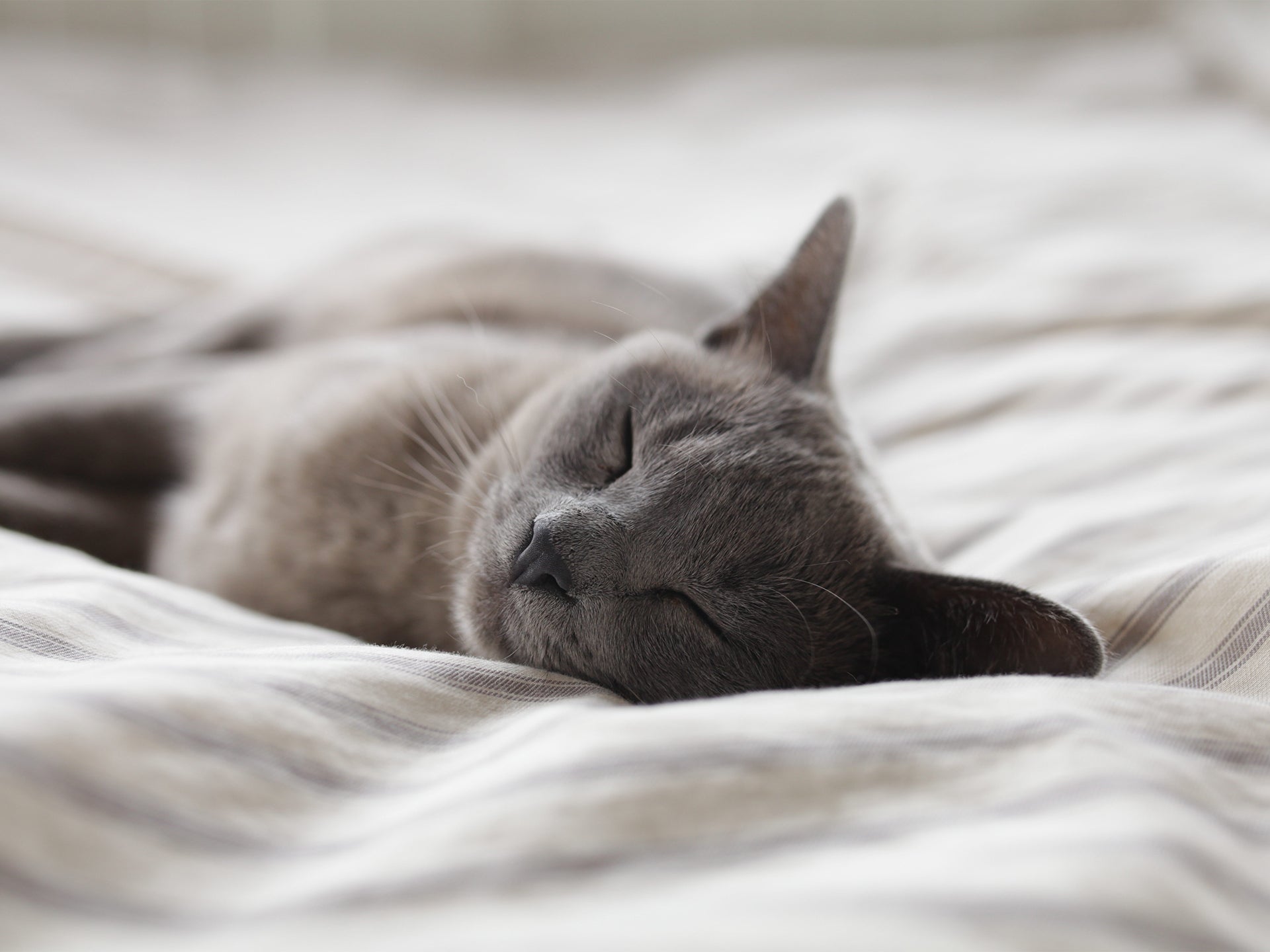Most of us may think that today's mattresses are recent inventions. The truth is, mattresses have been around since prehistoric times. Modern-day mattresses resulted from years of evolution in many cultures. More about the innerspring mattress is explained below, including its history, who invented it, structure, and materials.
History of the Innerspring Mattress
The evolution of this mattress will be briefly discussed, broken down into several timelines.
Ancient Age: Something closely resembling a mattress was first discovered about 77,000 years ago in South Africa. It was found inside a rock shelter, measuring about 3x6 feet. The thickness of the ancient mattress was no thicker than an inch and consisted of alternating layers of rushes and reeds. Primitive people, likely Homo Sapiens, who used this bedding also added plants that repel insects, such as mosquitoes.
Classical Age: Ancient Romans raised their mattresses above the ground, often requiring stairs or ladders to reach them. Their bed was commonly made of wood, ivory, or me tal. As for the mattresses, average Roman people had reed or hay stuffings while rich Roman people had feather or wool stuffings, along with multiple blankets and sheet layers.
Medieval Age: During the early medieval period, beds were usually made from wood. On the other hand, mattresses were filled with straw and other similar materials, which are then placed on a wooden frame. The less fortunate still slept on piles of leaves, hay, or straw on the ground.
Around the 12th century, beds served as a symbol of wealth and became much fancier. They started decorating bed frames with inlays, painting, and carvings. Additionally, mattresses were then embroidered. Towards the end of this period, stuffed mattresses become much more popular and common.
Rennaissance to Modern Age: Through the Renaissance period, beds became even more decorative. By the 15th century, western Europe's beds had two columns for feet and wood-paneled headboards. These beds were large, allowing several people to sleep in each one of them. Around the 16th century, beds have become progressively more decorative once again, having curtains that enclose all four sides of the beds.
By the 19th century, mattresses were transformed and metal frames became common after the introduction of coil springs in the 1870s. Starting from the 20th century, mattresses and beds were mass-produced for the first time, making them much more accessible. Since then, buying mattresses were based on preference and comfort, until today.
Who Invented the First-Ever Mattress?
The concept of coil-spring beds developed from the technology used in chair seats. If you are curious about who invented the first innerspring mattress, it was a German named Heinrich Westphal, in 1981.
Unfortunately, he didn't gain much recognition for his invention and spent most of his living days in poverty. He wasn't credited for the invention of the innerspring mattress until 60 years later.
Structure of the Innerspring Mattress
The innerspring mattress is comprised of four main parts - the surface, comfort, spring, and bottom layer. Here are the more-detailed explanations of each part:
• Surface layer - the outermost surface that gets in contact with our bodies
• Comfort layer - a layer composed of soft and pressure-relieving materials
• Spring layer - the layer comprised of coil springs
• Bottom layer - the surface in contact with the lower part of the mattress
Materials Comprising the Mattress
Innerspring mattresses are divided into these four main structure categories.
Bonnell Coils: These are the oldest type of mattress spring. Bonnell Coils have an hourglass shape and are wired together to form one continuous unit, which makes them durable. However, these coils are not ideal for controlling motion transfer.
Offset Coils: Like the previously mentioned type of coil, these coils also have an hourglass shape. The difference between the two is the offset coil bottom, which generates a hinging effect when compressed. This hinging effect allows the mattress to conform better to the body's curves.
Continuous Coils: Coils of this type have multiple rows of singular wires, molded into circular shapes. While these coils don't provide optimal support, they make up for it by having a long lifespan.
Pocketed Coils: These coils are cased individually in fabric, allowing them to move independently and contour to the body much better than other coils. Since the coils don't touch each other, they provide great motion isolation. Pocketed coils are standard when it comes to high-quality innerspring mattresses.
Mattress Quality Assessment
In addition to the types of innerspring structure, good innerspring mattresses also depend on the coil gauge's thickness and the number of springs. A gauge is used to measure the wire's thickness. Small numbers depict thicker wires and harder or more-durable mattresses. The coil gauge of quality spring mattresses usually come between 12 and 15. Higher spring numbers mean greater spring density, which offers better support and durability. Many people recognize Queen mattresses as the quality standard, having more than 800 springs.
Conclusion
Modern-day mattresses may seem like recent inventions, but they're not. The mattress we know today experienced many alterations and development until it reached its current state. With many kinds of coils to choose from, it would be helpful to know the differences between each one of them to be able to find the one that's best suited for your needs.







